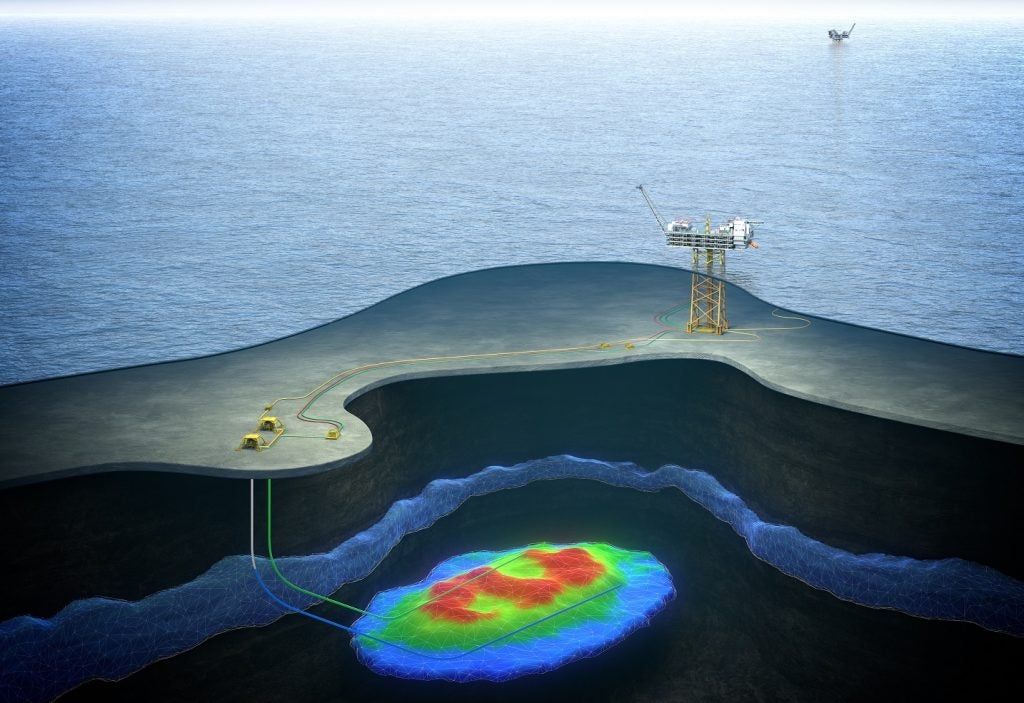Huntington Energy recorded an increase of 3.66% in total oil and gas production to 859 boe/d in February 2022 when compared with the previous month, according to GlobalData’s USL48 database.
The oil and gas production of Huntington Energy grew 32.65% in February 2022 from 647.59 boe/d in February 2021.
On a YTD basis, the company’s total oil and gas production increased by 35.18% from the same period in 2021.
The company’s oil production grew 9.93% to 297.92 bd in February 2022 from the previous month, while gas production up by 0.62% to 3.25 mmcf/d. On a YTD basis, oil production decreased by 7.31% in 2022 when compared with the same period in 2021, while gas production rose by 76.09%. Out of the total oil and gas production in February 2022, oil production held a 34.68% share, while gas production held a 65.23% share.
How well do you really know your competitors?
Access the most comprehensive Company Profiles on the market, powered by GlobalData. Save hours of research. Gain competitive edge.

Thank you!
Your download email will arrive shortly
Not ready to buy yet? Download a free sample
We are confident about the unique quality of our Company Profiles. However, we want you to make the most beneficial decision for your business, so we offer a free sample that you can download by submitting the below form
By GlobalDataSee Also:
Looking at the states where Huntington Energy recorded the highest oil and gas production in February 2022, Texas figured at the top, accounting for a 63.32% share. The company produced 227.48 boe/d in the state in February 2022, an increase of 2.36% from the previous month.
On a YTD basis, the company produced 449.73 boe/d in Texas in 2022, recording a decrease of 63.98% from the same period in 2021.
Huntington Energy witnessed the highest oil and gas production in San Juan county in February 2022. Out of all the counties, San Juan county held a share of 26.11% for the firm. The company produced 224.32 boe/d in San Juan county in February 2022, an increase of 4.19% in production when compared with the previous month.
On a YTD basis, the county produced 439.61 boe/d for the company in 2022, a 284.95% increase from the same period in 2021.
Methodology
All publicly announced wells data are included in this analysis, which is drawn from GlobalData’s USL48 database that provides insights into oil and gas permits and wells as disclosed by state ministry sites.
GlobalData collects the latest production data and analyses the trends when it is made available for public disclosure by state ministries. Differences, if any, between the period of activity and the article date may be attributed to delays in the issuance of data.







